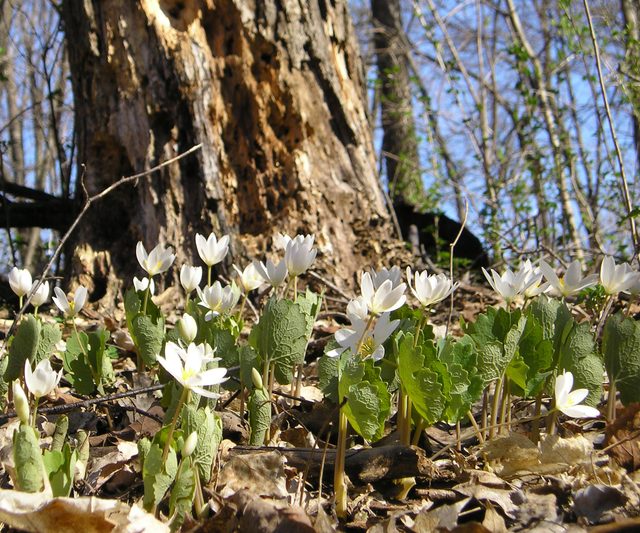
While enjoying the warm weather and recreating in the Arb, many students might notice a lot of logs, branches, and other woody debris on the forest floor which accumulated during the winter. While all of this debris is untidy, coarse woody debris (CWD) is quite useful ecologically. The Decomposition of CWD provides nutrients which are important for forest dwellers; it’s a source of carbon, nitrogen, potassium, and phosphorus and other elements which are essential for life. Fungi and detritivores such as insects and bacteria help break down this dead wood, releasing these essential nutrients as they convert the wood into other forms of organic matter. Moreover, CWD helps provide habitat for a variety of forest creatures. In fact, according to a 2011 ecological study, dead wood harbored significantly more life by volume than living wood, as the dead wood was chock full of bacteria, fungi, and detritivores. Other studies have documented that CWD can play an important role in carbon sequestration. With ecosystems where fire plays an important role– such as the Minnesota prairie– woody debris can provide an important fuel source.
At this point you’re probably not surprised to hear that CWD is one of my favorite TLAs (three letter acronyms). What’s particularly interesting in the context of ecosystem management is that as humans we often have the impulse to intervene, but often intervention (such as cleaning up woody debris) interrupts natural nutrient cycling or ecosystem processes. It’s not that all processes which occur on their own in nature without intervention of humans are necessarily good (see the naturalistic fallacy) but there are certainly many processes which operate quite fine on their own without the need for human intervention.
–Ryan Gilbert ’21, Cole Student Naturalist
Add a comment